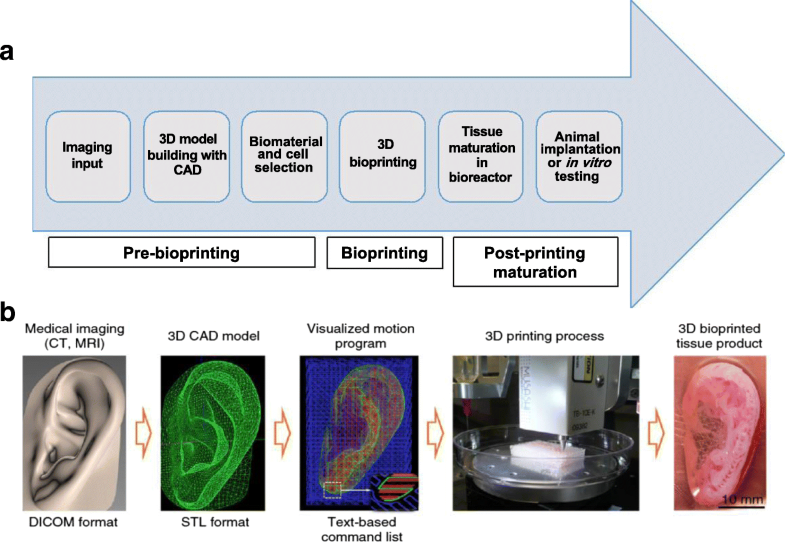Bioprinting Skin - The Future of Burn Care and Regenerative Medicine

Skin grafting, a cornerstone of burn care and reconstructive surgery, has traditionally relied on transplanting healthy skin from one part of the body to another. While this method has proven effective, it comes with limitations, including donor site morbidity and potential for graft rejection. In recent years, however, the field of regenerative medicine has witnessed a revolutionary advancement: bioprinting skin.
What is Bioprinting and How Does it Work?
Bioprinting, also known as 3D bioprinting, is a cutting-edge technology that utilizes principles of 3D printing to create living tissues and organs. In the context of skin, it involves the precise layering of bioinks – materials containing living cells and biocompatible polymers – to fabricate a three-dimensional structure that mimics the complex architecture of human skin.
The process typically involves the following steps:
- Cell Isolation and Culture: A small biopsy of the patient's healthy skin is taken, and specific cells, such as keratinocytes (epidermal cells) and fibroblasts (dermal cells), are isolated and expanded in the laboratory.
- Bioink Preparation: The isolated cells are then mixed with a biocompatible polymer, forming a bioink that can be loaded into a bioprinter cartridge.
- 3D Printing: Using a computer-aided design (CAD) model of the wound or desired skin construct, the bioprinter deposits the bioink layer by layer, creating a three-dimensional scaffold.
- Maturation: The printed skin construct is then transferred to a bioreactor, where it is incubated under controlled conditions to allow the cells to proliferate, differentiate, and form a functional tissue.
Advantages of Bioprinted Skin Over Traditional Grafts
Bioprinting skin offers several potential advantages over traditional skin grafting techniques:
- Reduced Donor Site Morbidity: By eliminating the need to harvest skin from another part of the body, bioprinting significantly reduces the risk of pain, infection, and scarring at the donor site.
- Personalized Medicine: Bioprinted skin can be tailored to the patient's specific needs, such as matching their skin tone, thickness, and mechanical properties.
- Reduced Rejection Risk: Using the patient's own cells to create the bioprinted skin minimizes the risk of immune rejection.
- Potential for Large-Scale Production: Bioprinting offers the potential for automated, large-scale production of skin grafts, addressing the shortage of donor skin available for transplantation.
Recent Advancements and Clinical Trials
The field of bioprinted skin is rapidly evolving, with ongoing research and clinical trials showcasing its immense potential. Some notable recent advancements include:
- Development of Vascularized Skin Constructs: Researchers are exploring ways to incorporate blood vessels into bioprinted skin, improving its survival rate and integration with the recipient's tissue.
- Integration of Sensory Function: Efforts are underway to engineer bioprinted skin that can sense touch, pressure, and temperature, restoring sensory perception to patients with severe burns or skin loss.
- Clinical Trials for Burn Wound Treatment: Several clinical trials are currently underway to evaluate the safety and efficacy of bioprinted skin for treating burn wounds. Early results show promising outcomes in terms of wound healing and aesthetic appearance.
Conclusion: A New Era in Skin Regeneration
Bioprinting skin represents a paradigm shift in burn care and regenerative medicine. This revolutionary technology has the potential to overcome the limitations of traditional skin grafting, offering personalized, readily available, and highly effective treatment options for patients with burns, wounds, and other skin defects. As research progresses and clinical trials yield promising results, bioprinted skin is poised to transform the field of dermatology and revolutionize the way we approach skin regeneration.














Comments ()